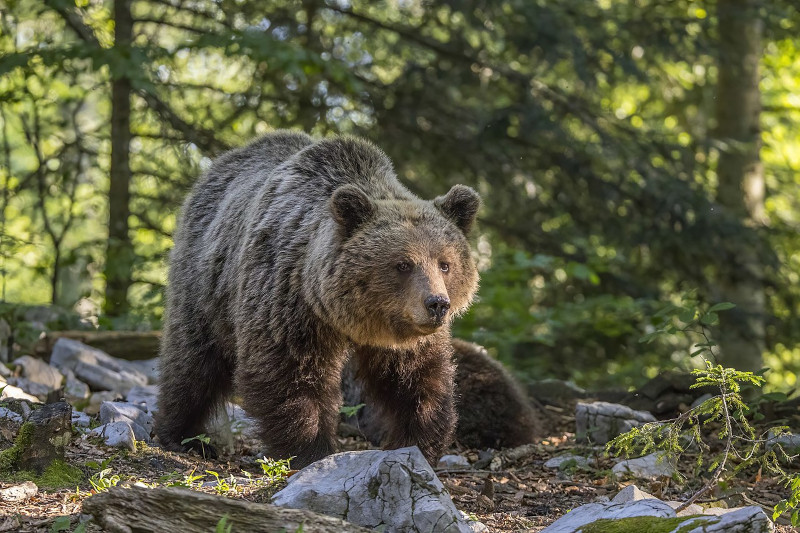
Eurasian Brown Bear Facts
- This impressively large and majestic land mammal most frequently goes by the informative common name of the Eurasian Brown Bear. The wonder does have alternate titles, though. These include the terms common bear, common brown bear, and European brown bear.
- In the scientific community, however, the animal is likely significantly better known by its scientific title. Fortunately, that’s a relatively easy name for the layperson to pronounce. That’s because this marvel of Nature holds the purely technical moniker Ursus arctos arctos.
- This amazing animal received that interesting name due to the efforts of the highly esteemed Carl Linnaeus. The eminent Swedish zoologist accomplished the first official recognition of the beautiful creature. He managed that scientifically noteworthy deed in the year 1758.
- Technically, this product of evolution represents a subspecies of the brown bear. In fact, it’s one of the most common of all known subspecies of the parent species. Visually, it’s quite similar to the other, making it difficult for anyone but experts to tell them apart with the eye.
- Thankfully, the Eurasian Brown Bear appears to be maintaining large and stable population base. That pleasant situation further seems to hold true throughout the entirey of its natural range. The IUCN thus now lists it as Least Concern on its Red List of Threatened Species.
- The carnivore nonetheless faces several potential threats to its continued existence as a species, at least. These dangers include such perils as habitat loss and illegal hunting. The greatest danger facing it, though, likely consists of the effects of ongoing climate change.
Related Articles

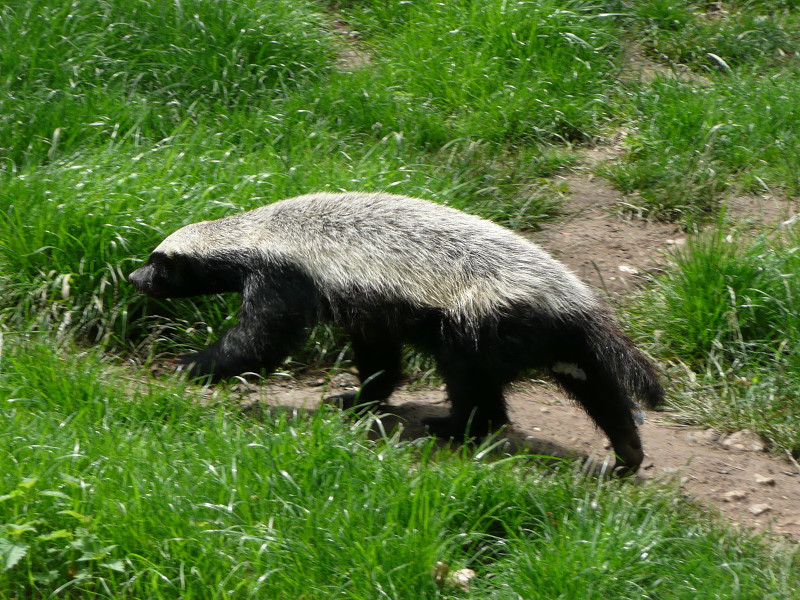
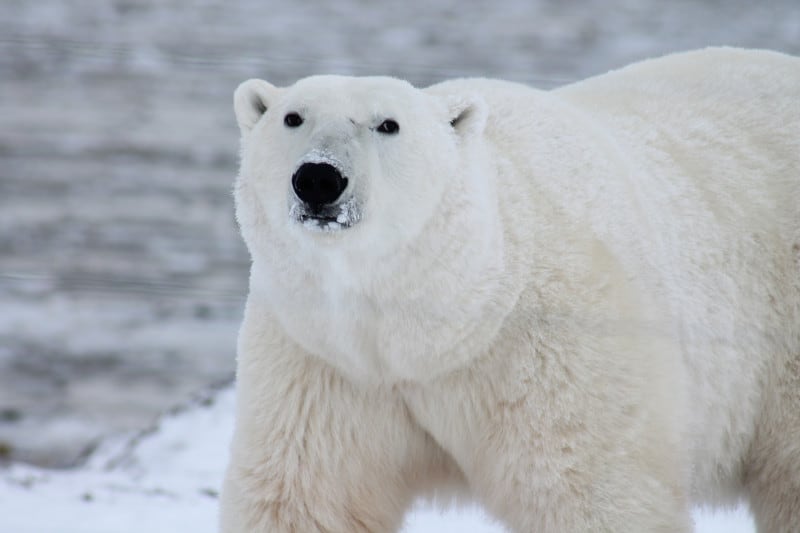
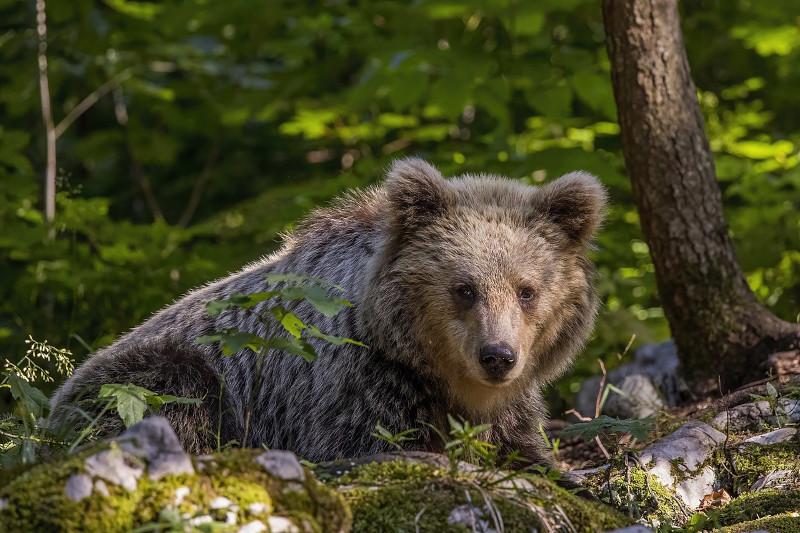
Eurasian Brown Bear Physical Description
The wondrous Eurasian Brown Bear immediately draws the attention of anyone fortunate enough to encounter it in the wild. Certainly, it’s a beautiful mammal, of course. Yet it principally garners attention due to the sheer size that the species remains capable of reaching in some cases.
It additionally follows a pattern that’s well established by its many kindred found around the world. That’s in the fact that it displays a certain degree of the physiological characteristic of sexual dimorphism. In its specific case, this natural trait manifests itself mainly in physical measurements.
More exactly, males of the species typically attain a larger size than their female counterparts. This extends to both weight and length of body. The males sometimes reach a total length equaling up to 8.2 ft (2.5 m). Female specimens, however, usually reach somewhat shorter lengths than this.
Weights also naturally differ markedly between the sexes, given these facts. Males typically range from around 550 – 660 lb (250 – 300 kg). A few mass as much as 1,060 lb (481 kg), though. Meanwhile, the females of the animal generally range in mass from 331 – 550 lb (150 – 250 kg).
Both genders of the stunning Eurasian Brown Bear display the same general pattern of coloring. That consists of brown fur that covers the entirety of the body, save for the soles of the feet. The shades of this coat vary between specimens, ranging from yellow-brown to almost black.
The relatively largely head also develops as highly rounded in shape. The ears develop as comparatively small, and rounded as well. Its powerful jaw holds 42 extremely sharp, predatory teeth. The mighty animal also possesses strong, sharp claws that reach up to 3.9 in (10 cm) in length.
- Kingdom: Animalia
- Phylym: Chordata
- Class: Mammalia
- Order: Carnivora
- Family: Ursidae
- Genus: Ursus
- Species: U. arctos
- Subspecies: U. a. arctos
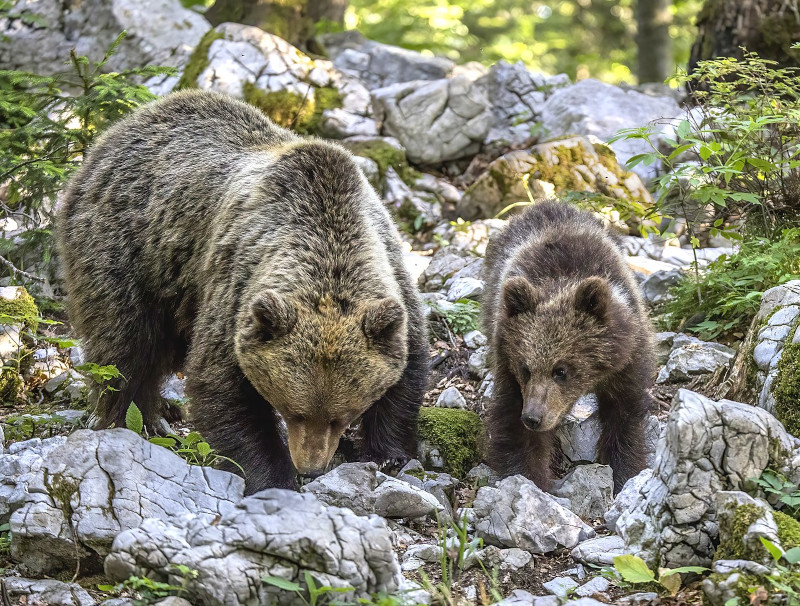
Eurasian Brown Bear Distribution, Habitat, and Ecology
The captivating Eurasian Brown Bear evolved as endemic to a large portion of the surface of the globe, relatively speaking. Given its name, the location of that zone of habitation comes as no surprise. As alluded to, the animal inhabits the majority of the continents of Europe and Asia.
Within that greater range, however, its current presence appears to be sporadic. The largest known concentration presently exists in Russia. Other groupings appear in such countries as Greece, Serbia, Poland, Turkey, Albania, and along the border between France and Spain, among others.
Nature and evolution did provide this mammalian marvel with an impressive adpatability regarding its choice of habitat. That’s so far served it well in its struggle to survive. Generally speaking, though, it often lives in regions composed of wetlands, sparsely vegetated areas, and grasslands.
Yet perhaps its most highly favored type of environment is even more specific. That’s due to the fact that the largest percentage of individuals choose to make their home within areas of mountain woodlands. It typically does tend to avoid the highest altitudes however, due to the scarcity of food.
Intriguingly, the dietary habits of the Eurasian Brown Bear today aren’t what they once were. In the past, studies showed that meat comprised about 80% of its diet. Today, though, that only forms about 10-15% of it. The notable change likely occurred due to reduced number of prey animals.
Being technically omnivorous, the large mammal mainly feeds on large quantities of roots, seeds, insects, fruit, and fish. When it does eat meat, the powerful predator seems to favor sheep. Yet it also feeds opportunistically, having no qualms about eating carrion when it comes across it.
Species Sharing Its Range
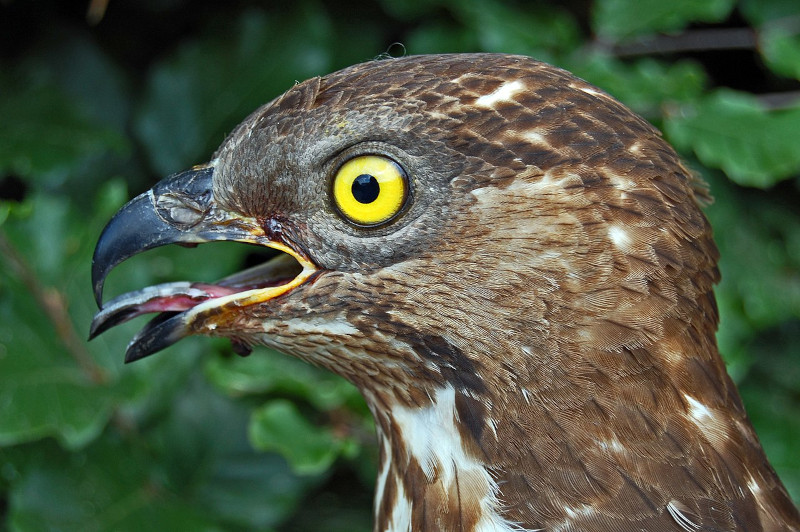


Check out our other articles on 5 Woefully Rare Woody Shrubs, Scalloped Hammerhead, Laguna Verde, Little Auk, Smooth Purple Coneflower, Scarce Swallowtail, Alligator Snapping Turtle









Leave a Reply